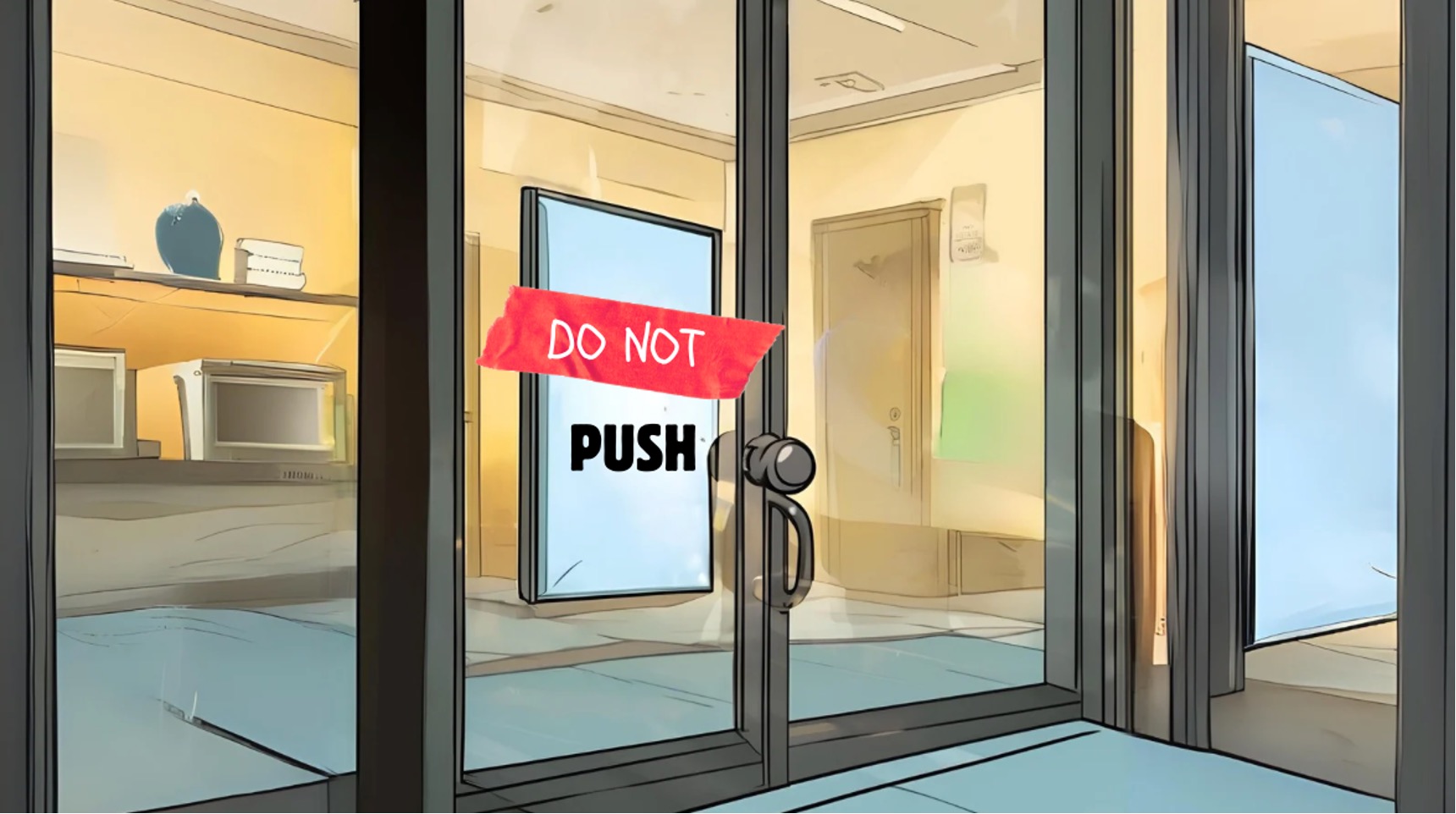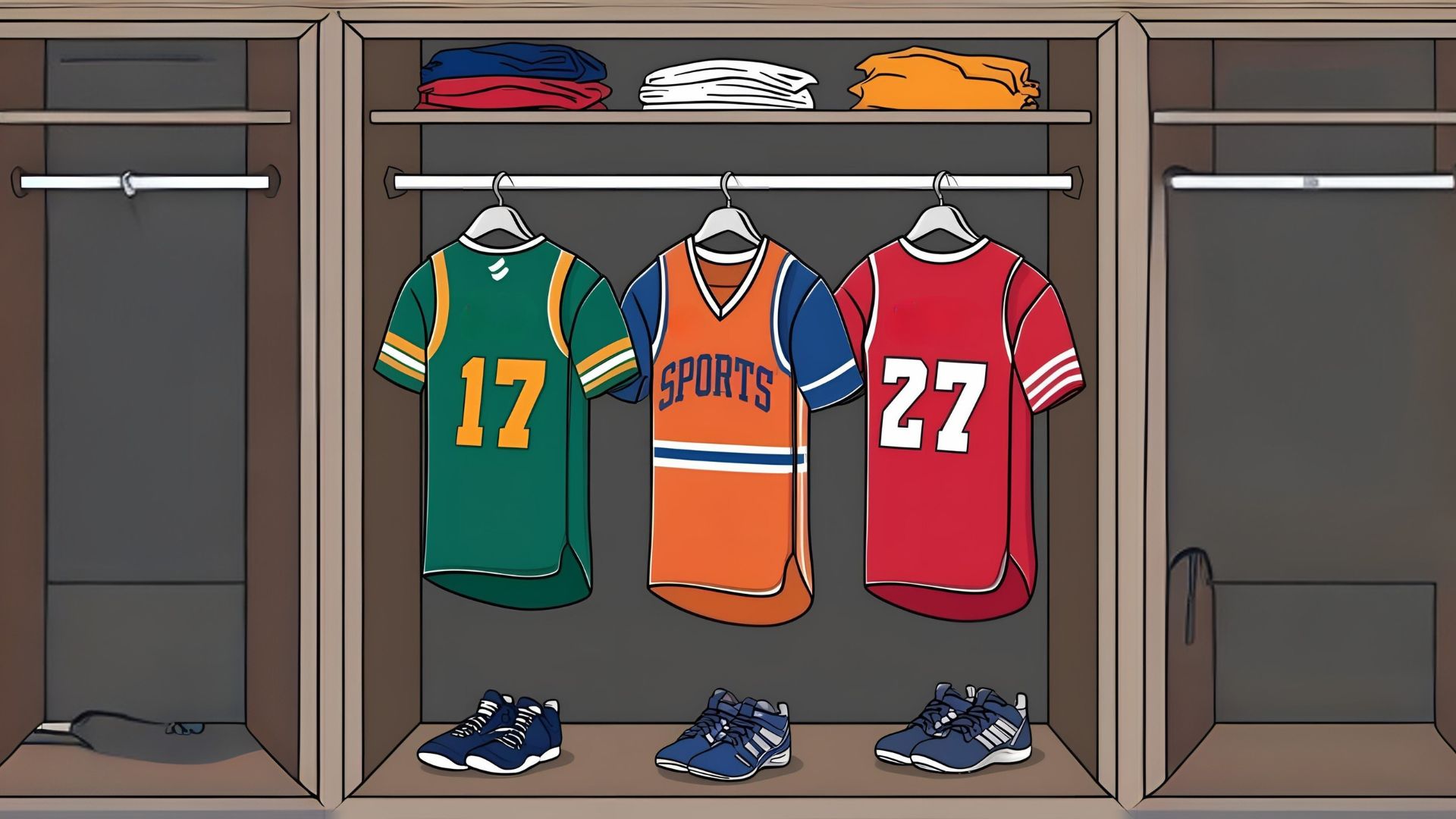For long, banner ads have been a staple in digital advertising, serving as the go-to format for reaching online audiences. Yet, as consumer habits evolve, the effectiveness of these ads is declining. Users are becoming more adept at subconsciously ignoring banner ads – in fact, a staggering 86%[1] of users suffer from banner blindness, overlooking banner ads as they browse.
This underscores a growing disconnect between this established format and the needs of today’s digital consumers – who are privacy-conscious, increasingly likely to use an ad blocker, and want their choice to be respected by publishers and advertisers. 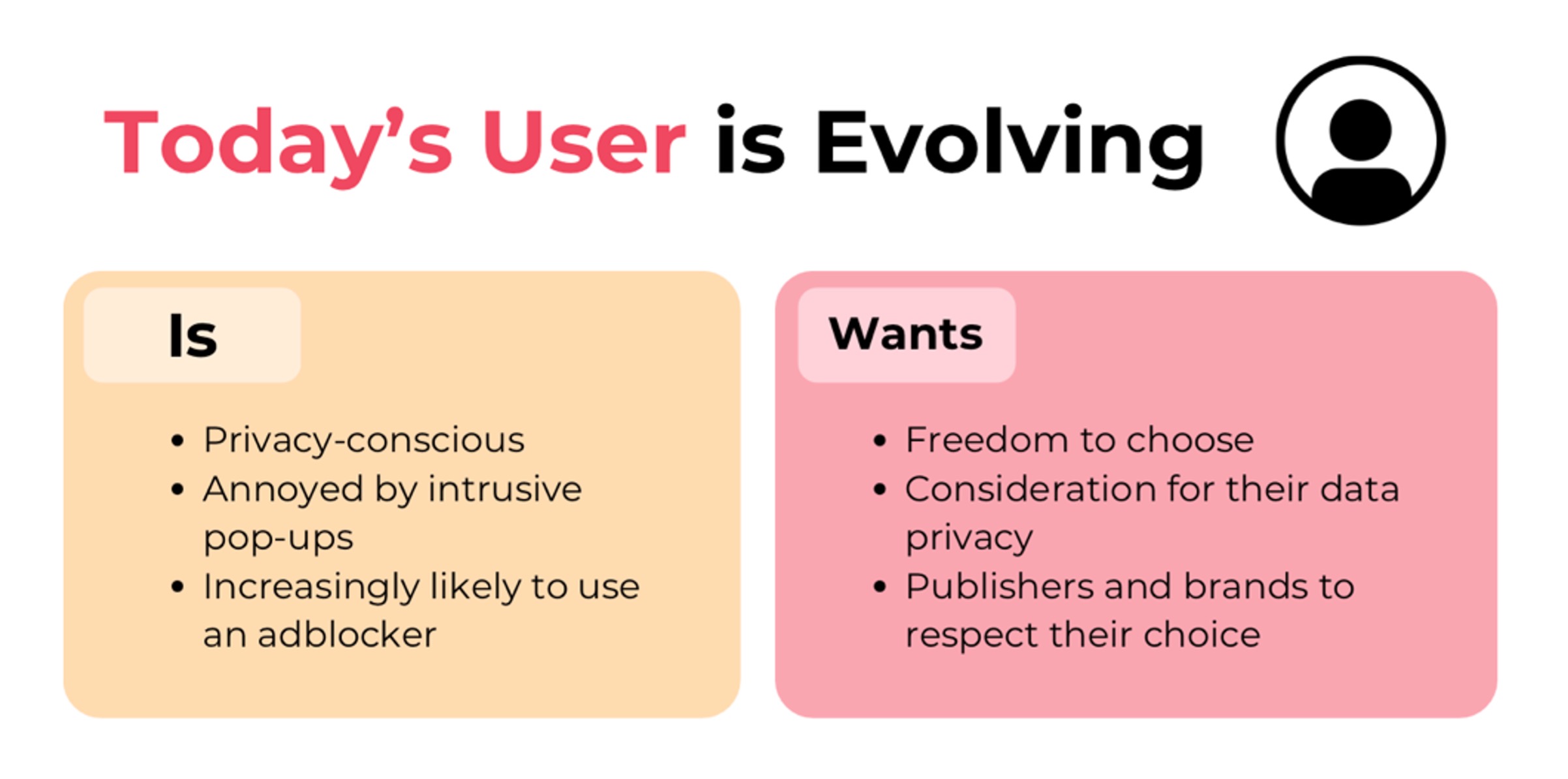
The Decline of Standard Banner Ads
Standard banner ads, which have been a mainstay, now find themselves increasingly out of sync with the preferences of the modern user, proving continuously less efficient when it comes to effectively monetising:
- Ad Fatigue and Banner Blindness: Repeated exposure to banner ads has led to ad fatigue, making users less likely to engage. The result? Banner blindness. Users become so accustomed to ignoring these ads that they barely register their presence.
- Ad Blockers: The use of ad blockers has become widespread, with 42.7%[2] users across the world using ad blockers in some form. This means that many users never see the ads at all, leading to lost revenue opportunities.
- Privacy and Data Protection: Growing concerns about privacy and stringent regulations like GDPR and CPRA have put banner ads under the microscope. Publishers now face increased restrictions on how they collect and utilise user data, complicating the delivery of personalised ads.
- Inefficient Use of Real Estate: Banner ads occupy valuable screen space but typically feature only a single ad unit, making them an inefficient use of real estate.
- Intrusiveness: Banner ads are often perceived as intrusive, forcefully pushing their messaging into the user’s experience, taking away their freedom of choice and detracting from overall user satisfaction.
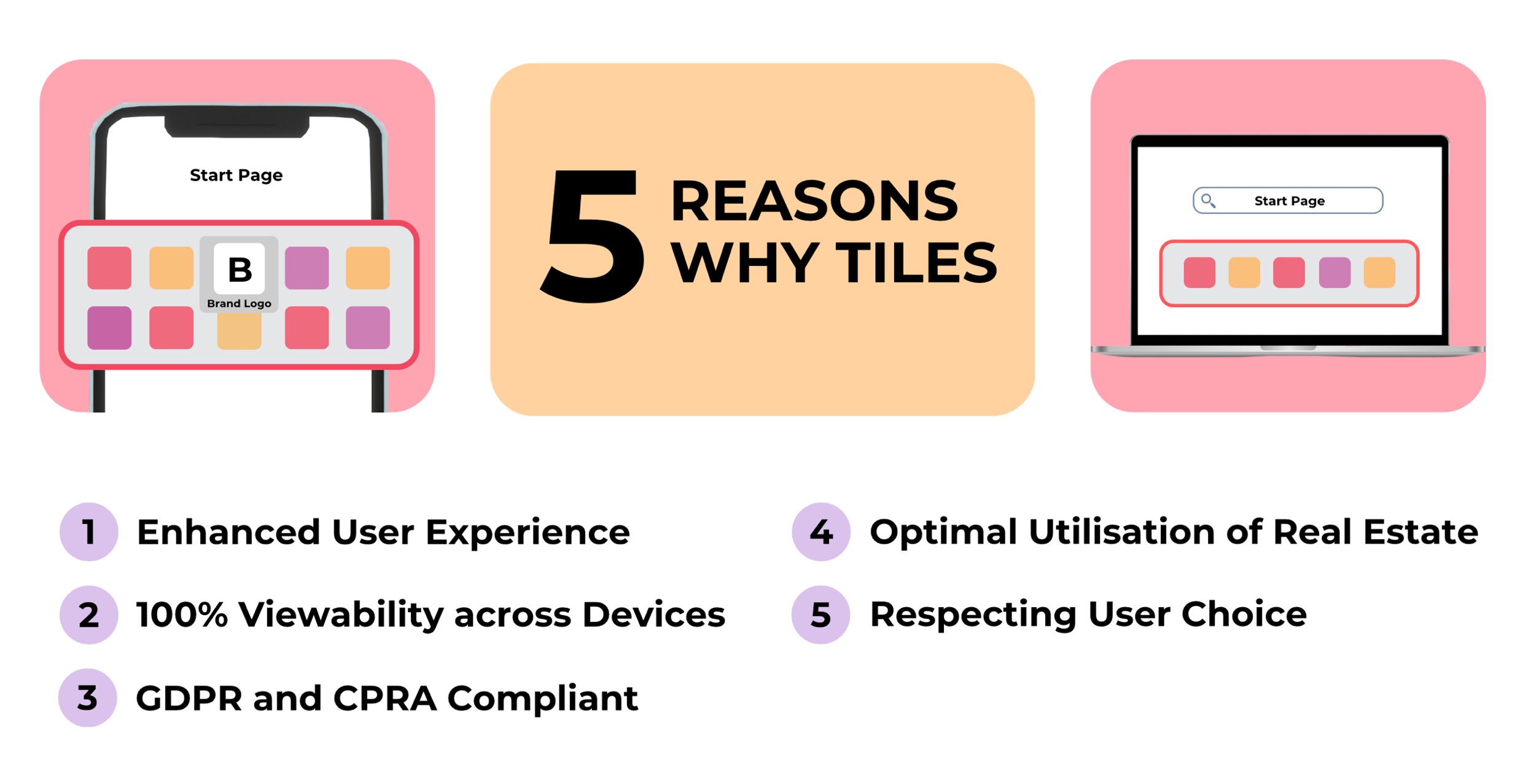
Tiles: A User-Friendly Take on Publisher Monetisation
Amidst the decline of banner ads, Tiles is an innovative format that helps publishers balance user experience and monetisation. Tiles are native, non-intrusive ad formats that appear as quick-access icons on start pages of browsers, apps, app stores, launchers, and more. Here’s why Tiles are superior to traditional banner ads:
- Enhanced User Experience: Tiles integrate seamlessly into the user interface, enhancing rather than disrupting the browsing experience. They provide a smooth transition between user actions and ad content.
- 100% Viewability: Unlike banner ads, Tiles are immune to ad blockers and are always visible and accessible to users. This ensures that ads are consistently seen, minimising missed monetisation opportunities.
- Compliance with Privacy Regulations: Tiles adhere to the highest privacy standards, complying with GDPR and CPRA. This makes them a trustworthy option for all publishers.
- Optimised Real Estate: Tiles make efficient use of screen space by allowing multiple ad units to occupy the same area. This maximises the potential for engagement without cluttering the user interface.
- Respect for User Choice: Unlike traditional ad formats, Tiles are designed to pull in users’ attention without forcing ads upon them. This respect for user autonomy makes interactions with ads feel more voluntary and less intrusive.
The Future of Advertising is User-Centric
In a digital world where users are increasingly averse to intrusive advertising, publishers must navigate the delicate balance between user experience and monetisation.
Over hundreds of publishers such as Opera, Microsoft Edge, Samsung, Xiaomi, Avast, Zilch, and many more are already benefitting from Tiles across the globe. By prioritising user experience and respecting individual choice, Tiles offer a refreshing alternative to the oversaturated and often ignored banner ads – not only providing a way for publishers to effectively monetise their platforms but also align with the evolving preferences of their audiences.
As we look to the future, Tiles represent a shift towards more user-centric ad formats, paving the way for more engaging and respectful digital advertising practices.
Are you a publisher looking to elevate your monetisation strategy with Tiles? Fill the form to explore how this innovative ad format can revolutionise your advertising efforts and drive revenue growth.
